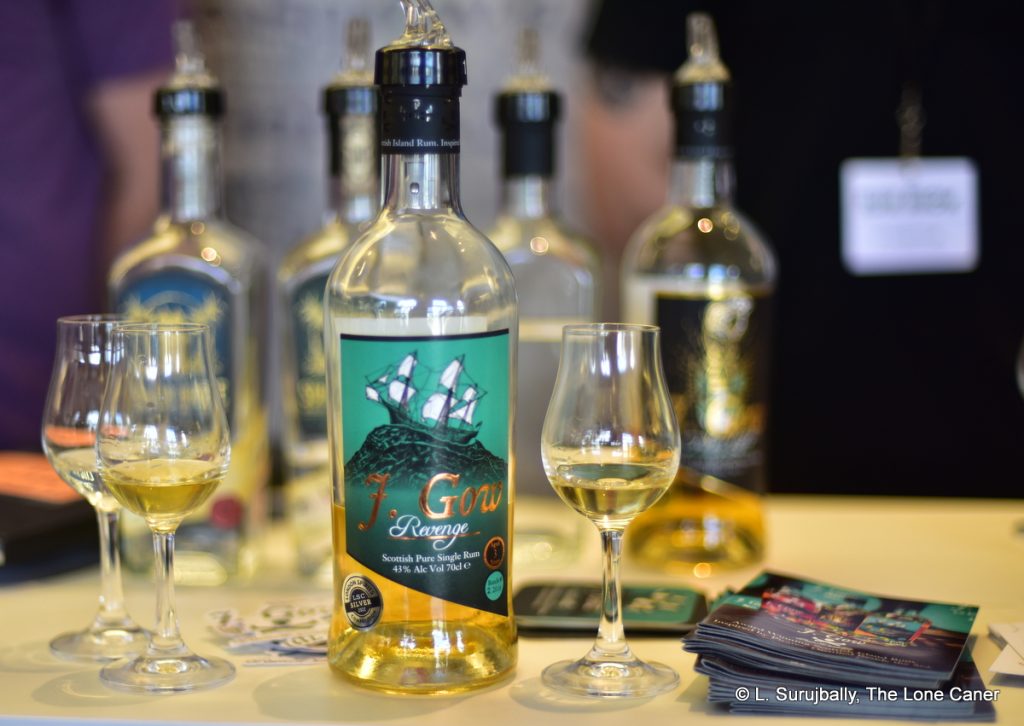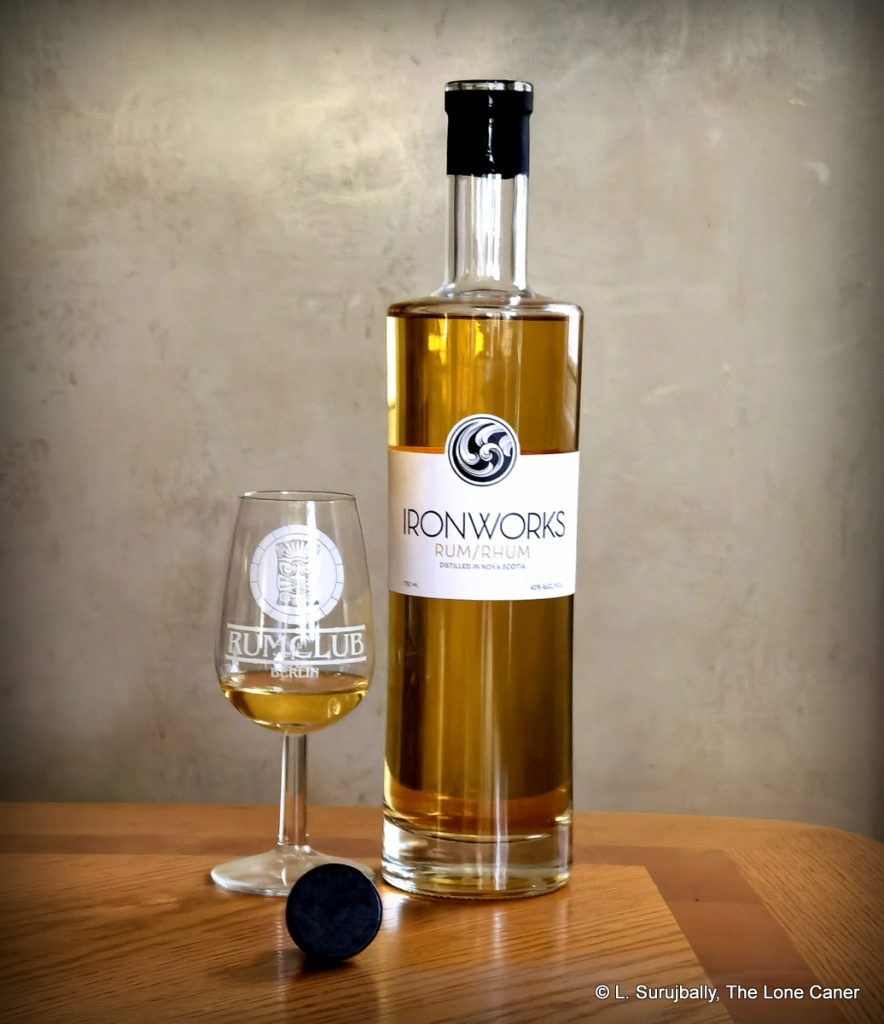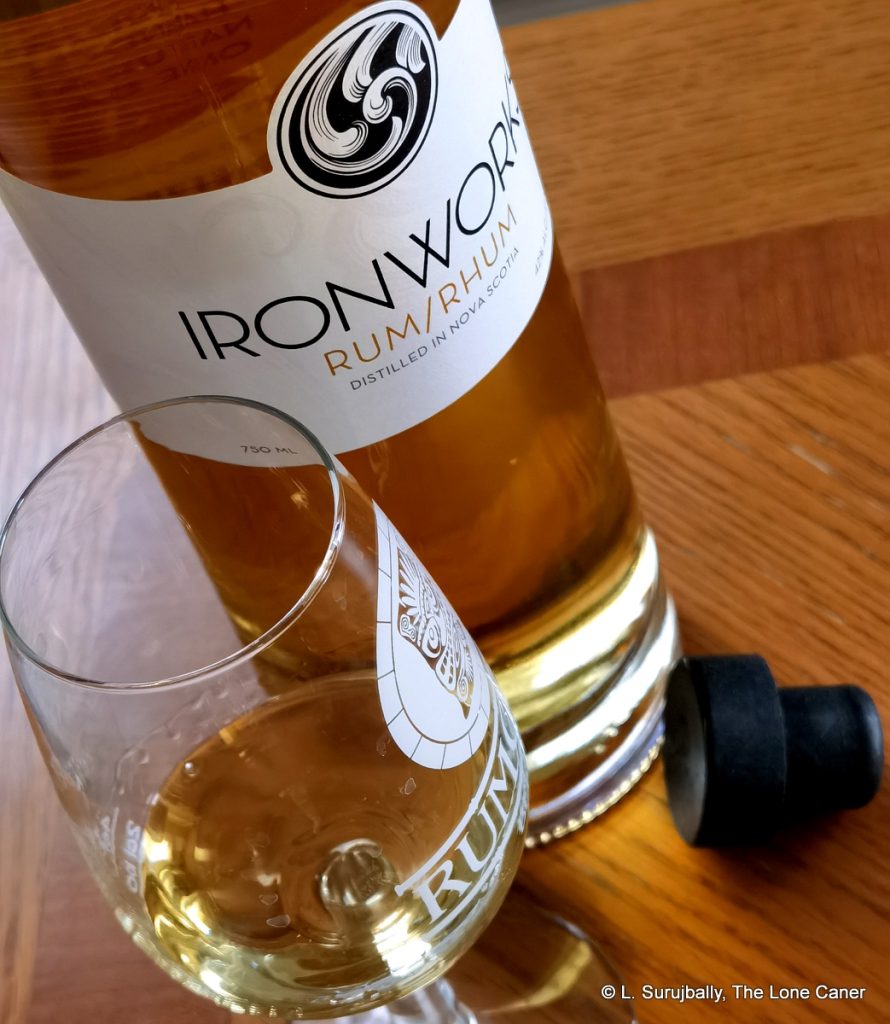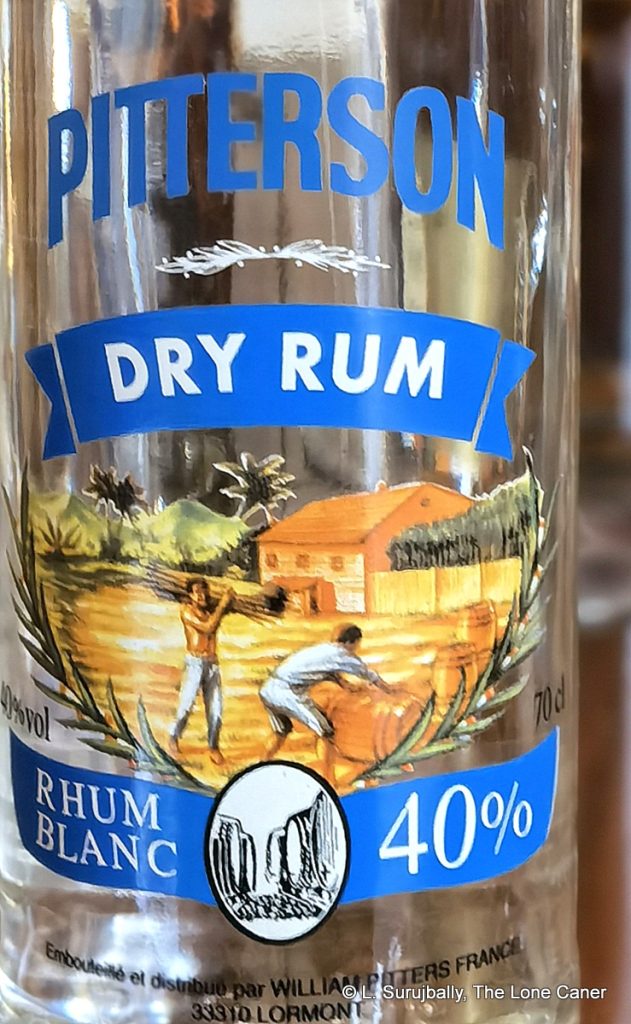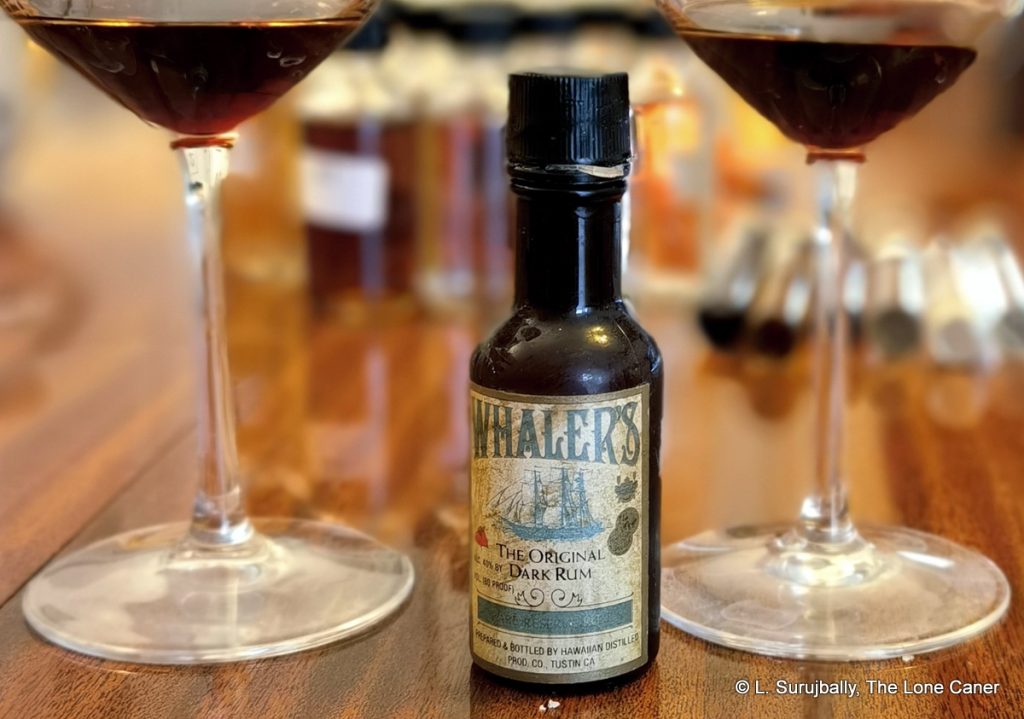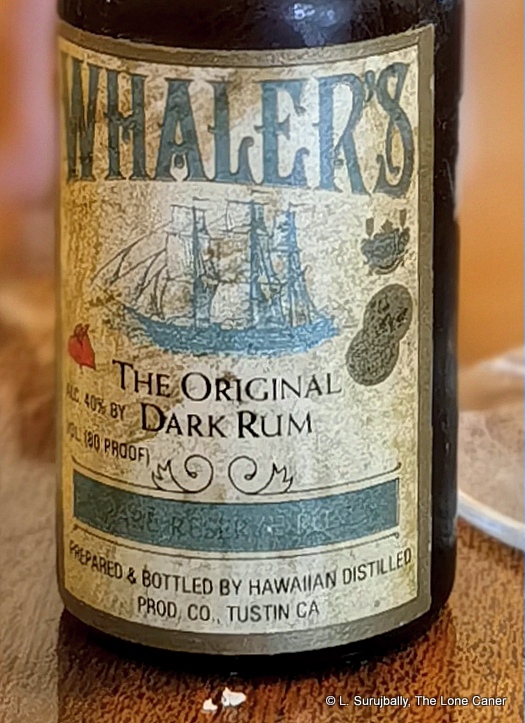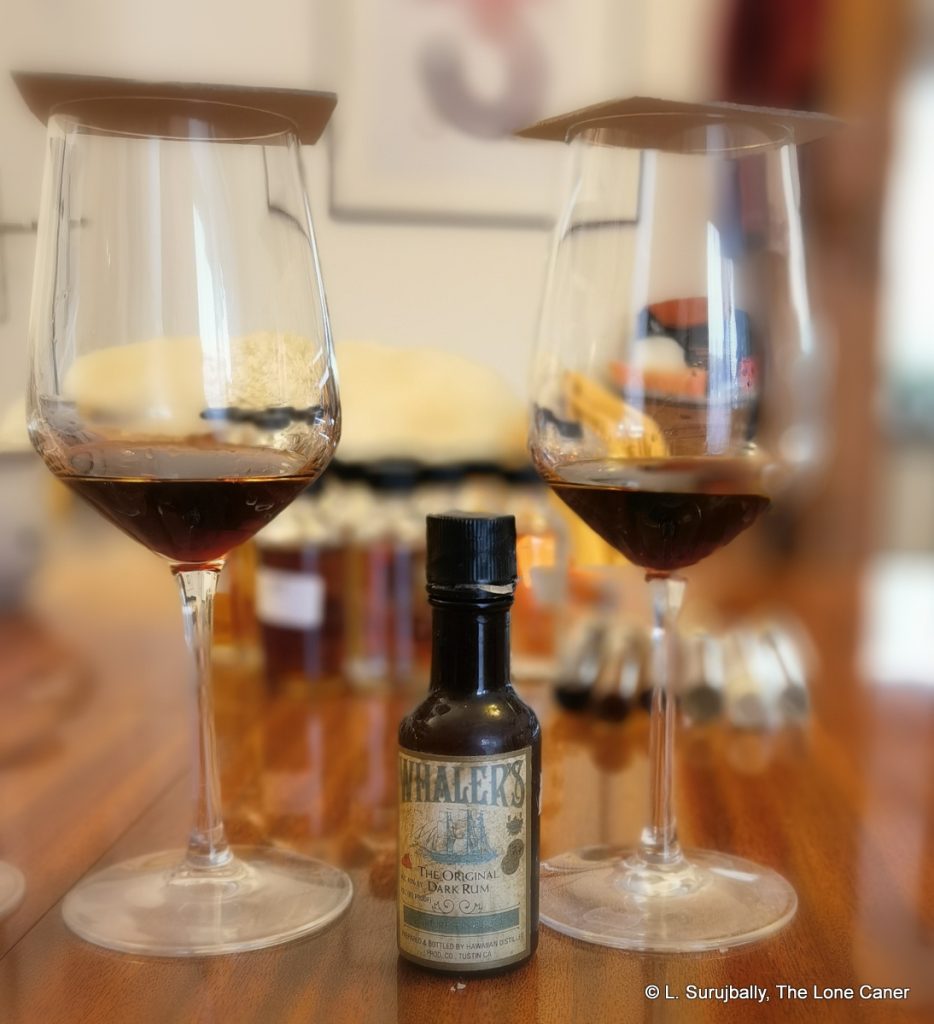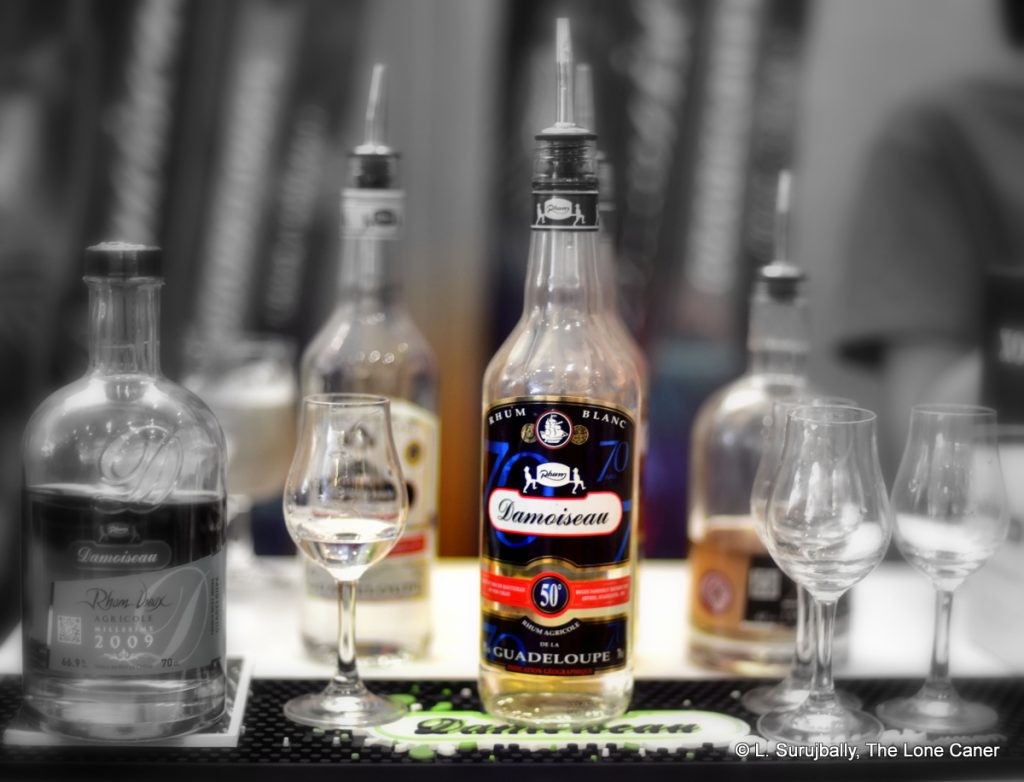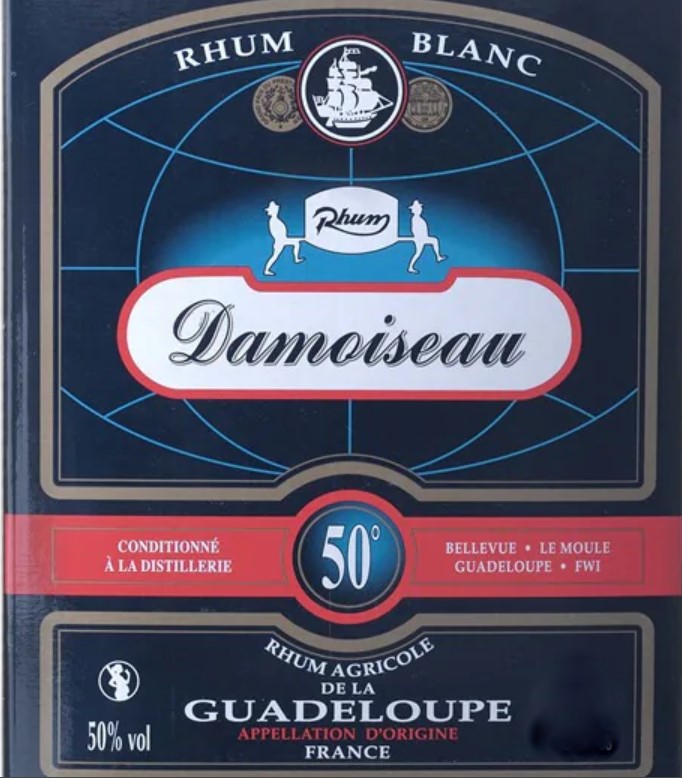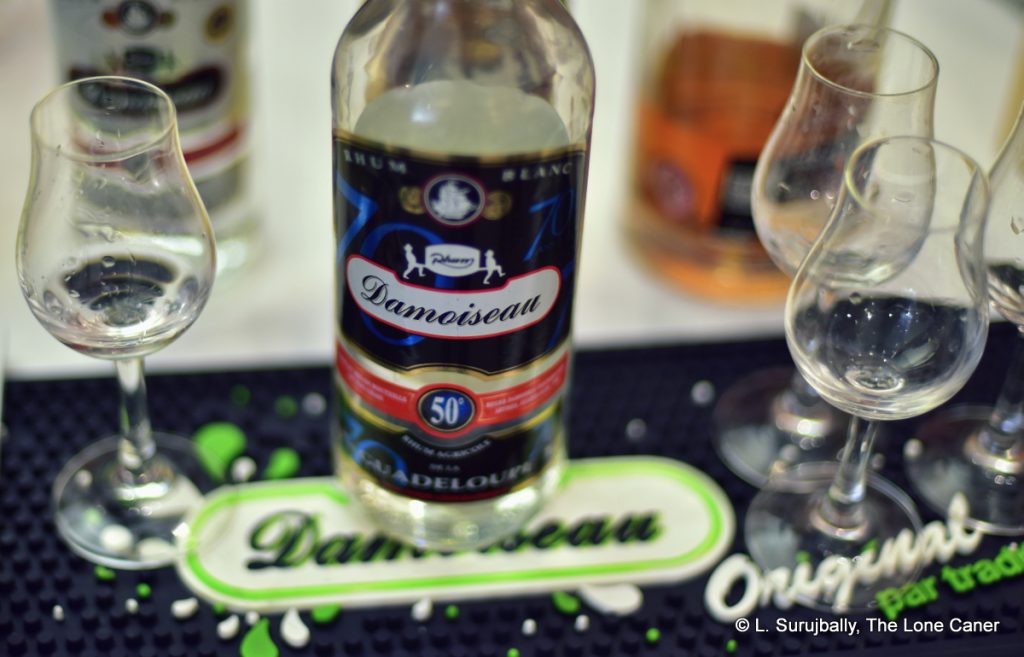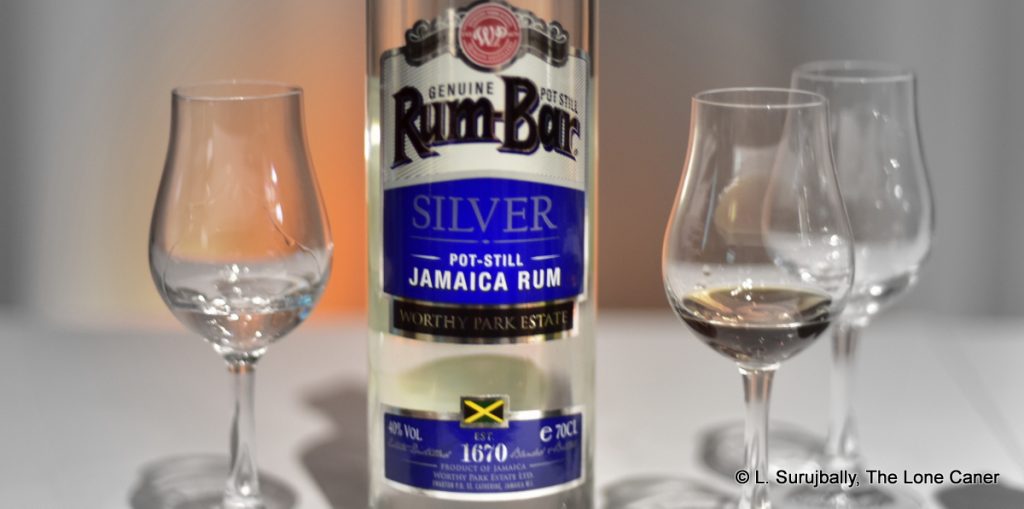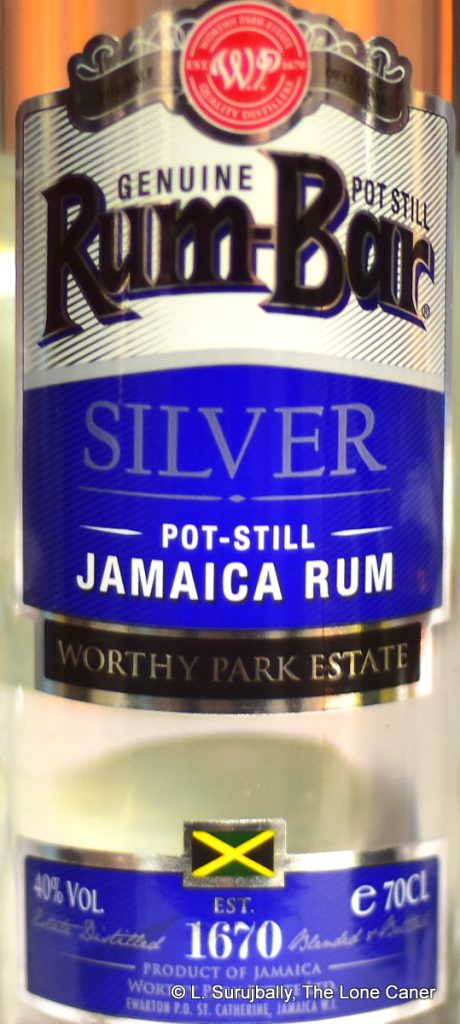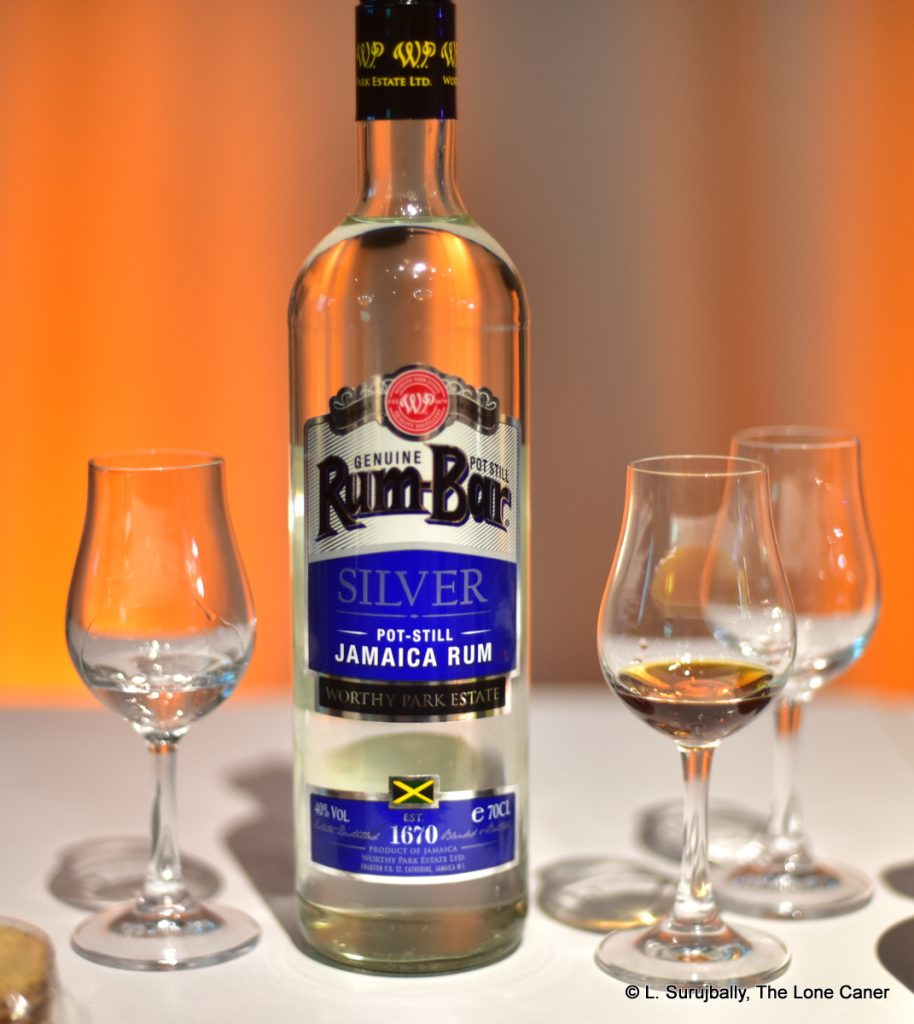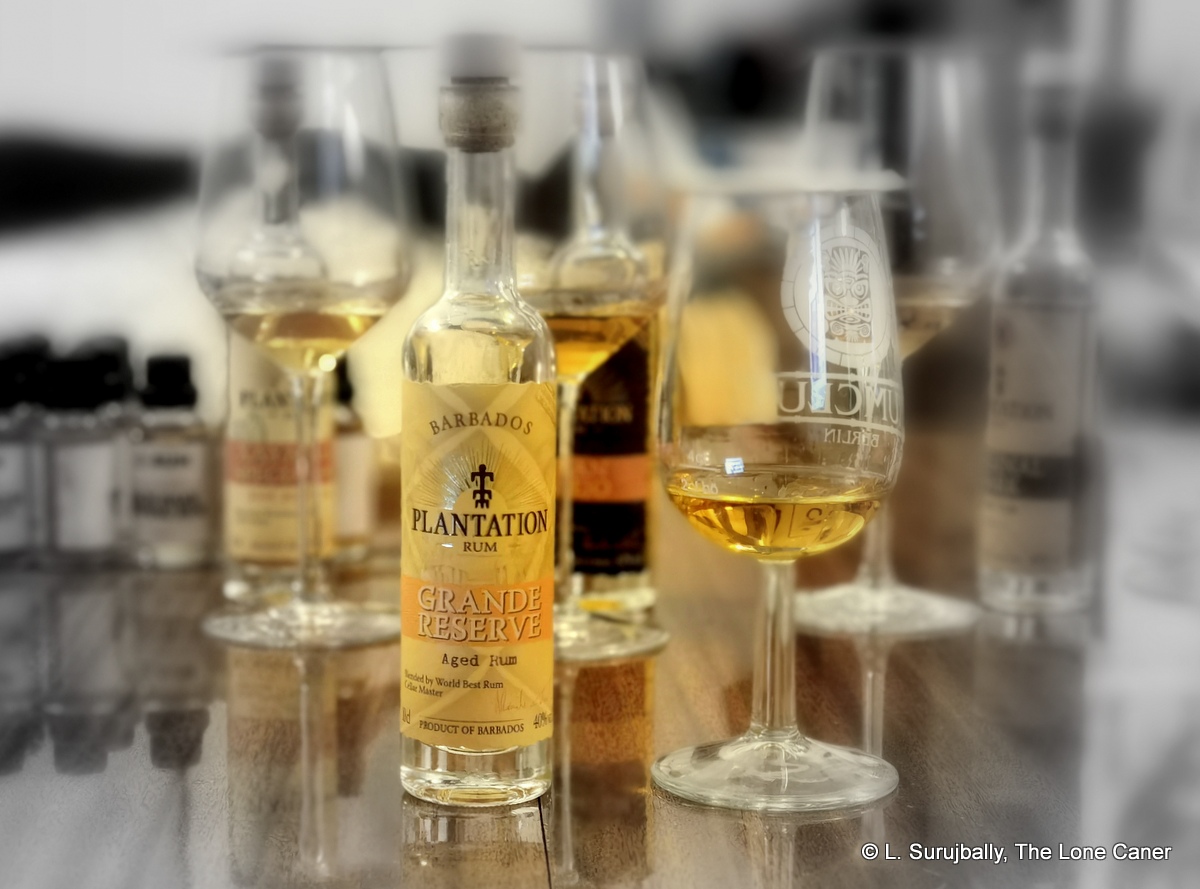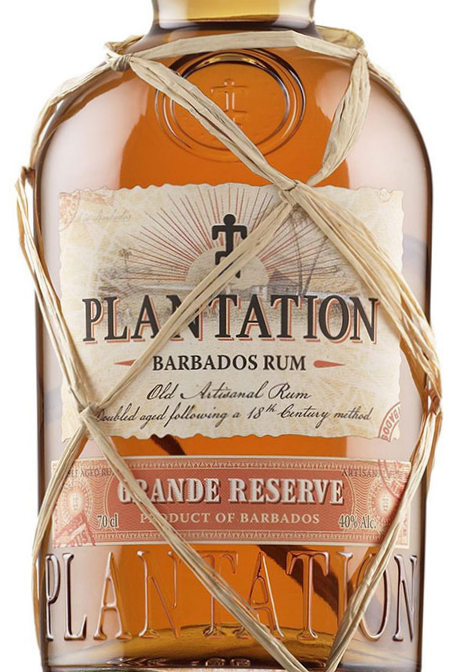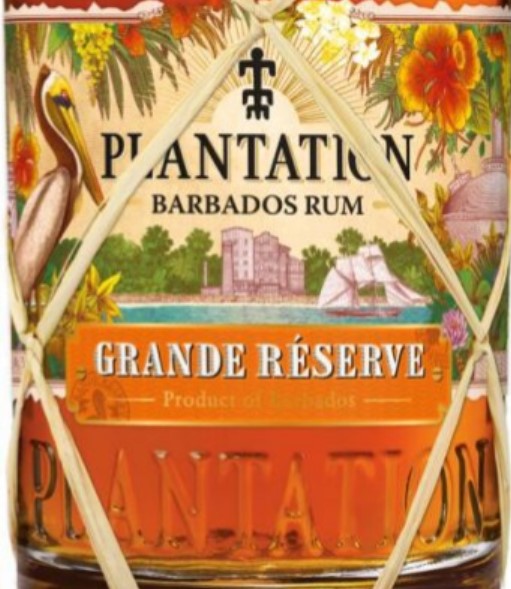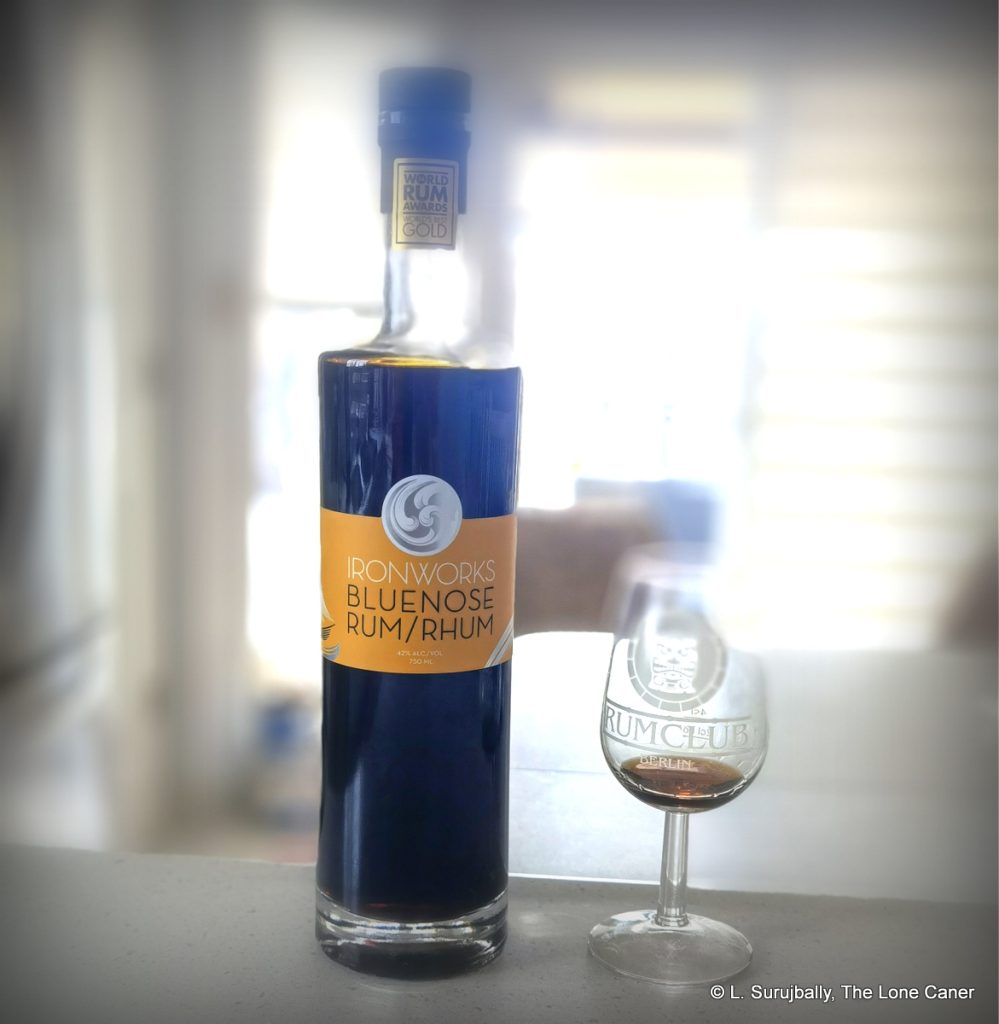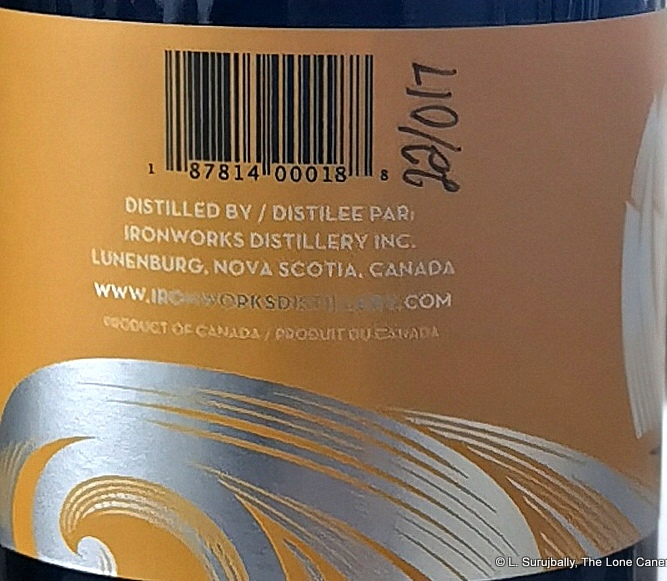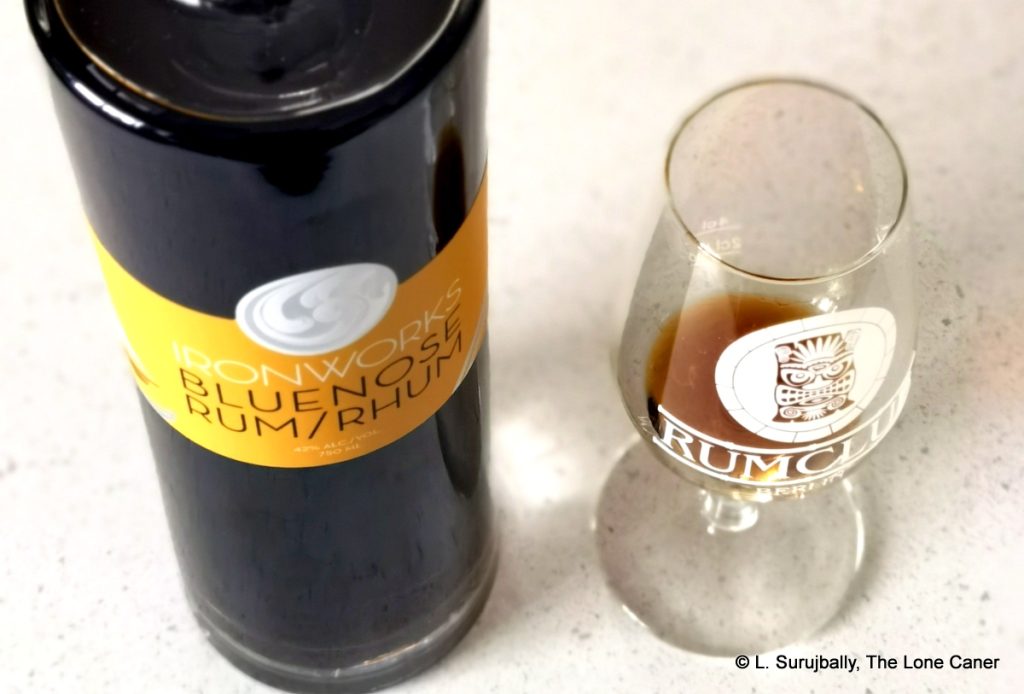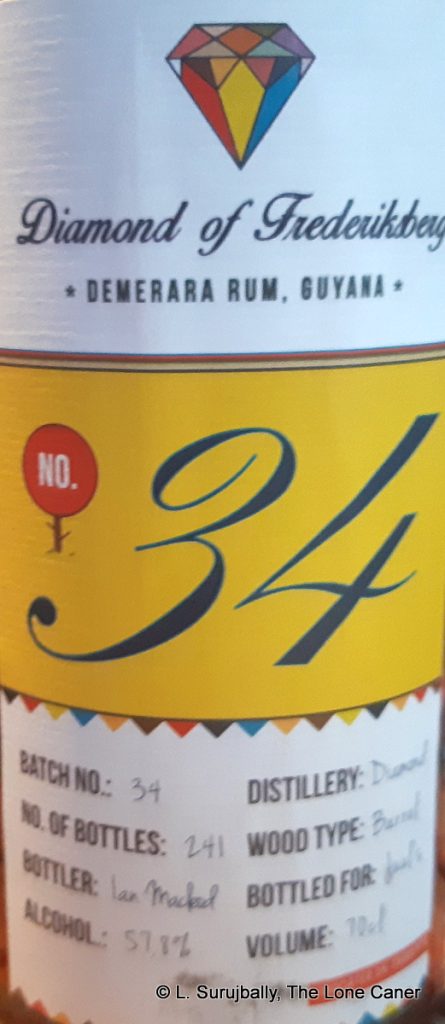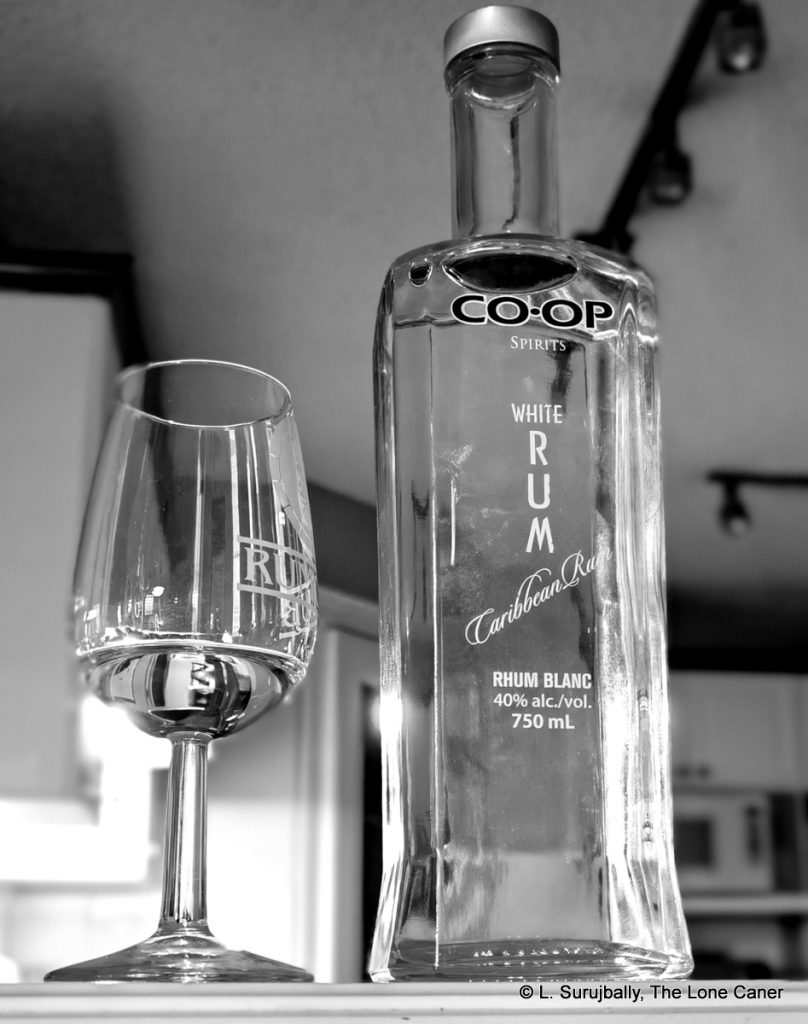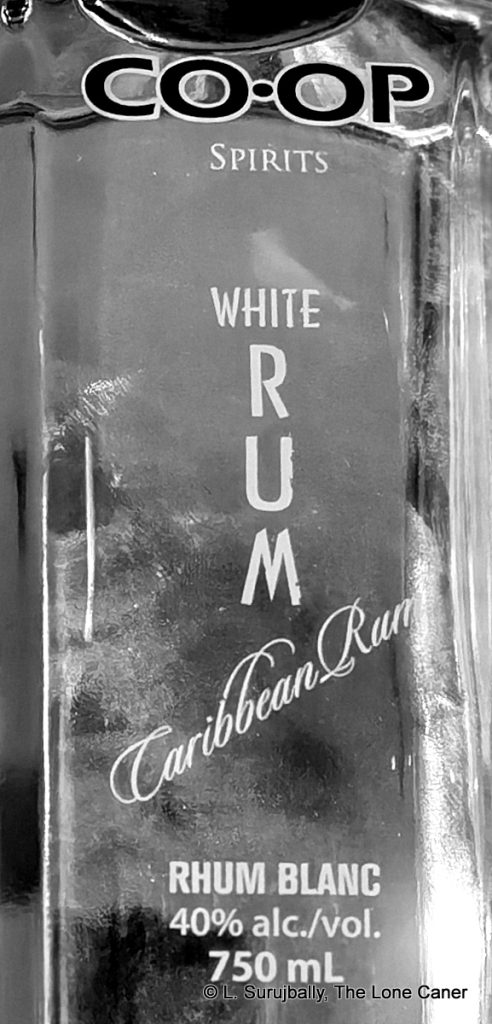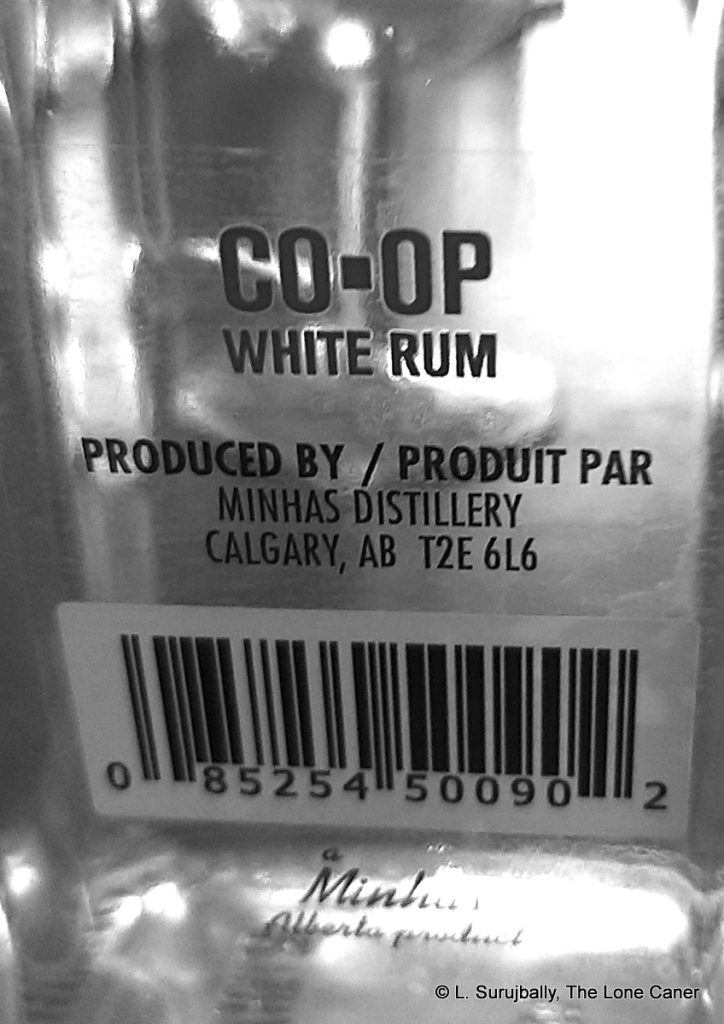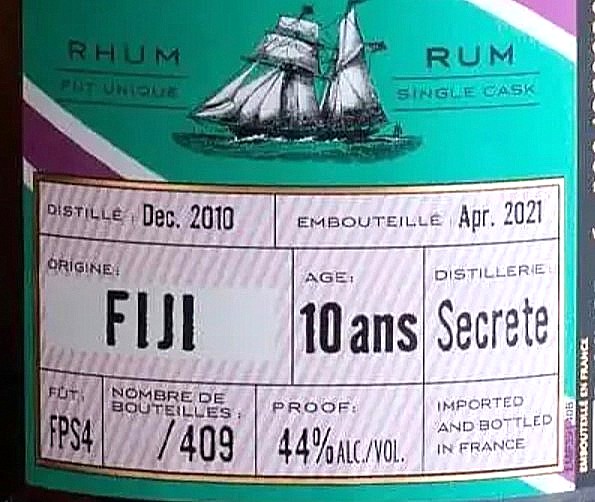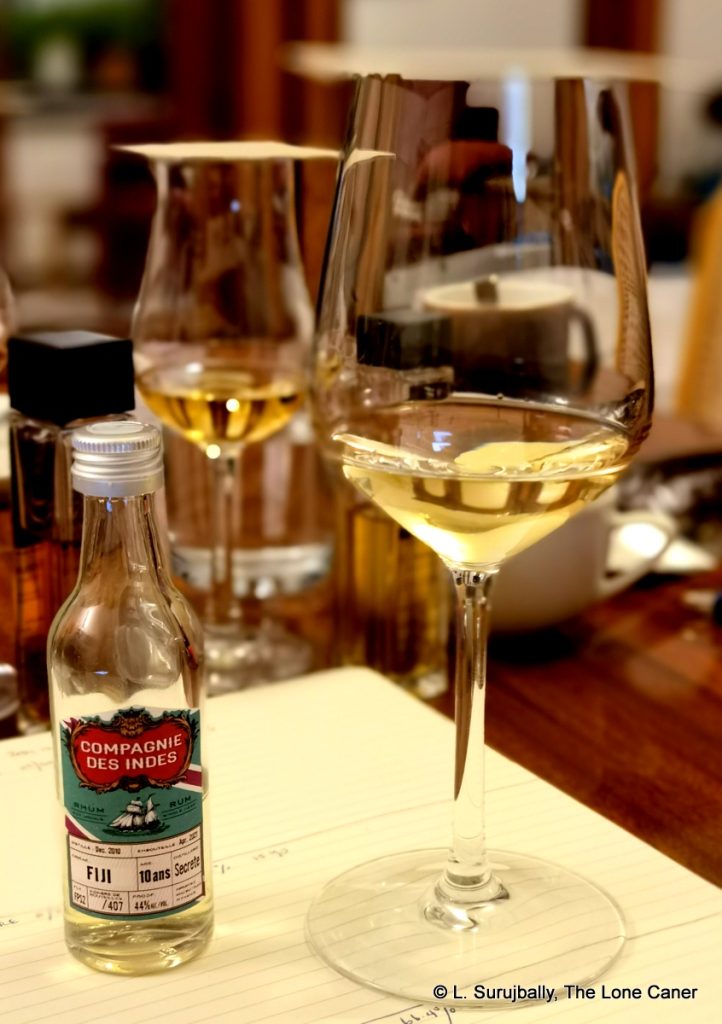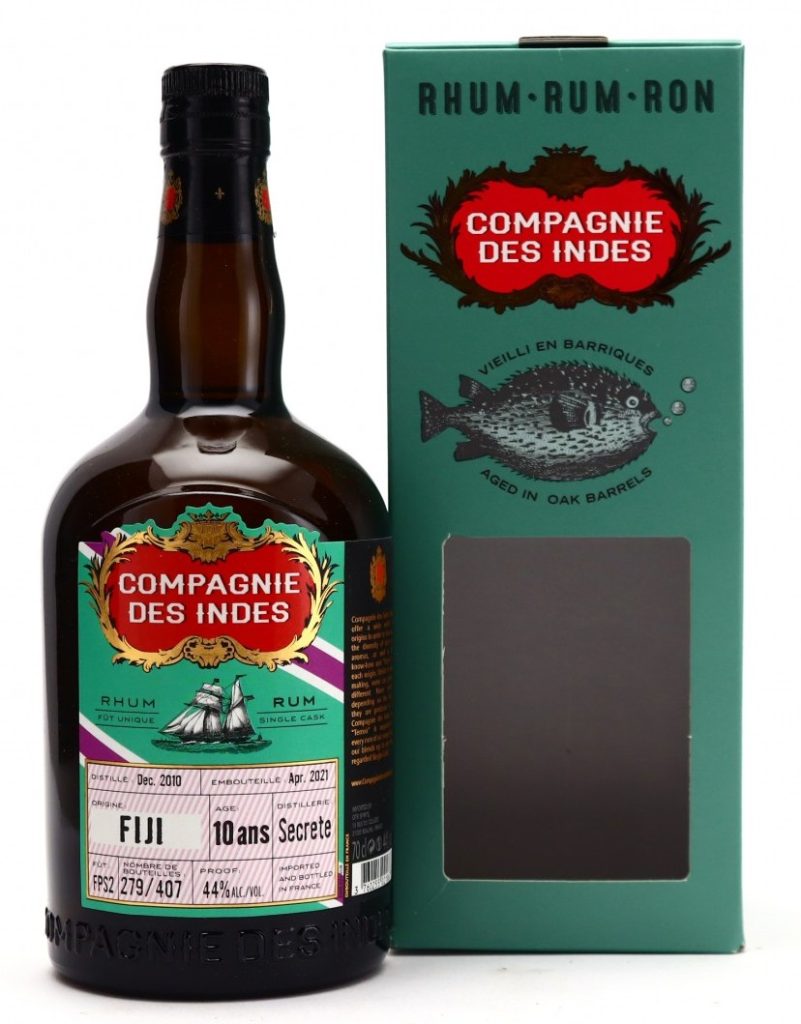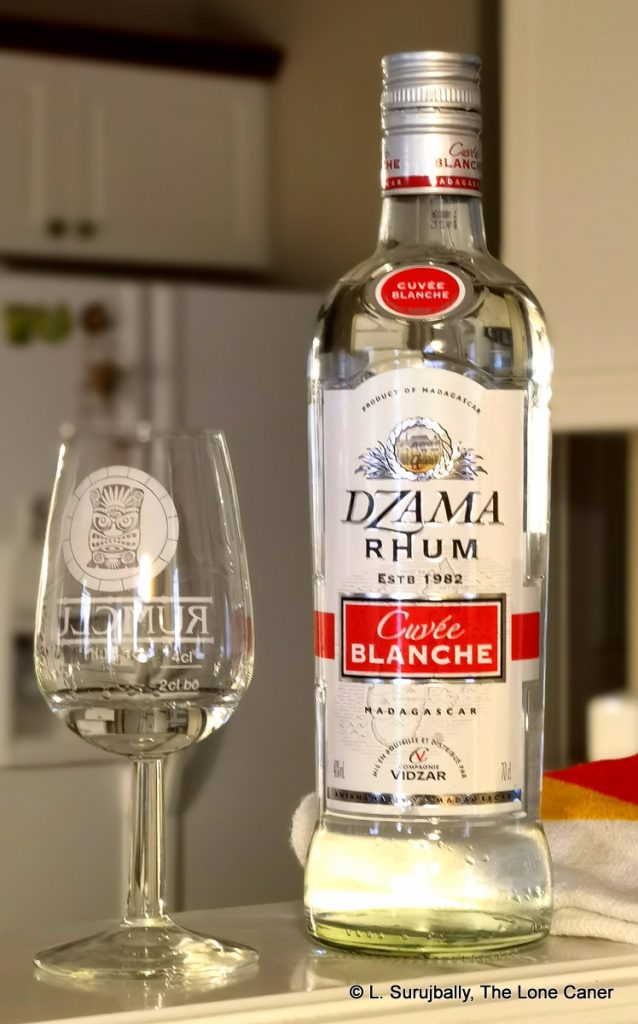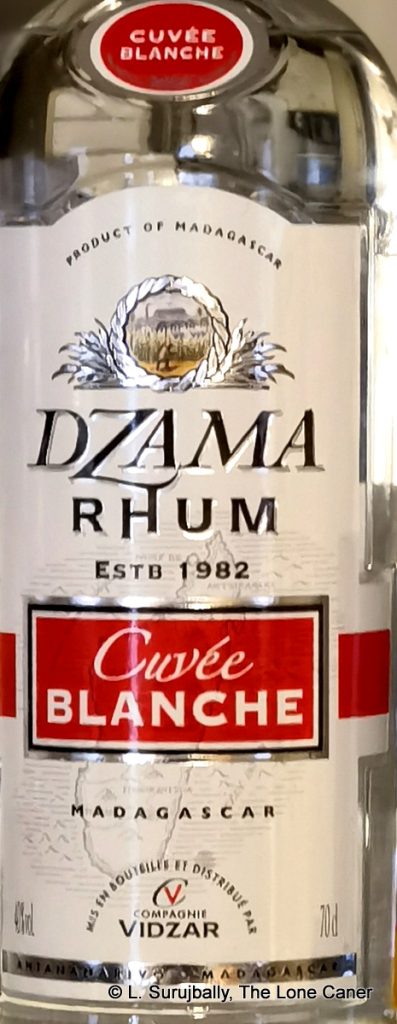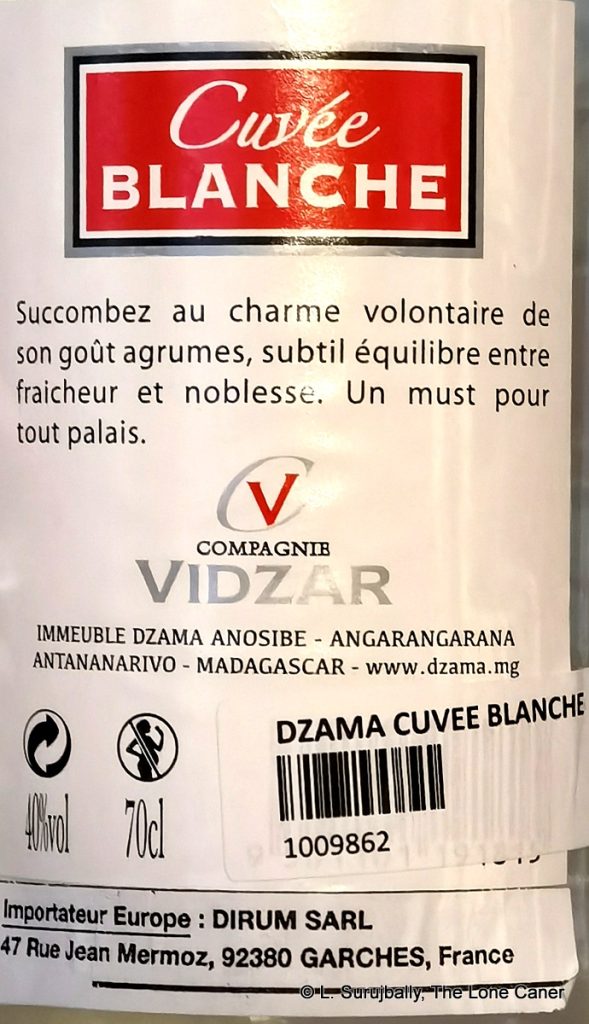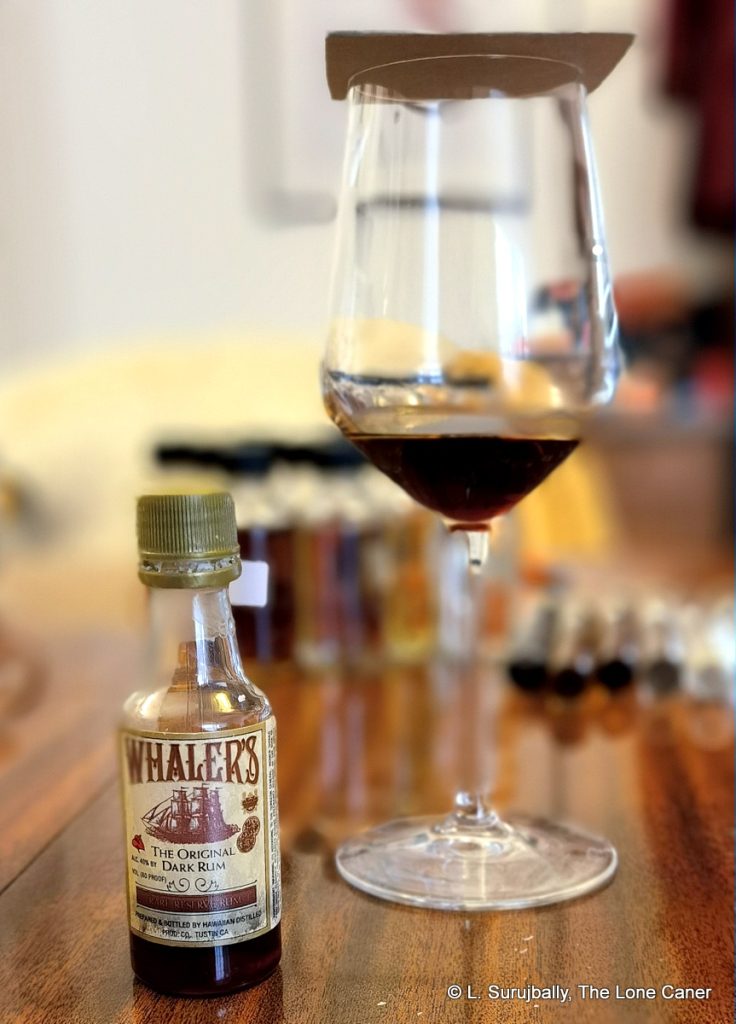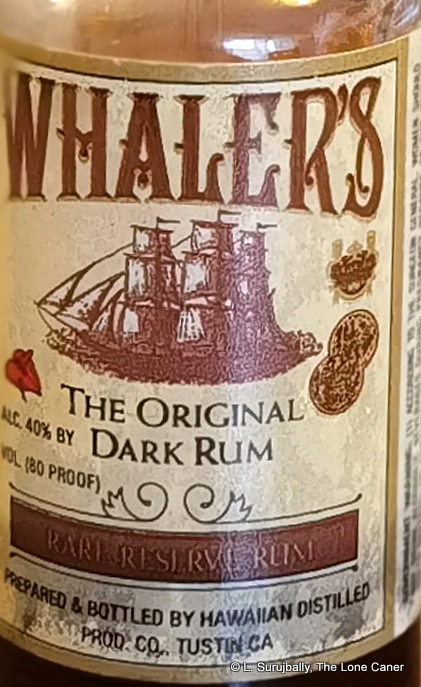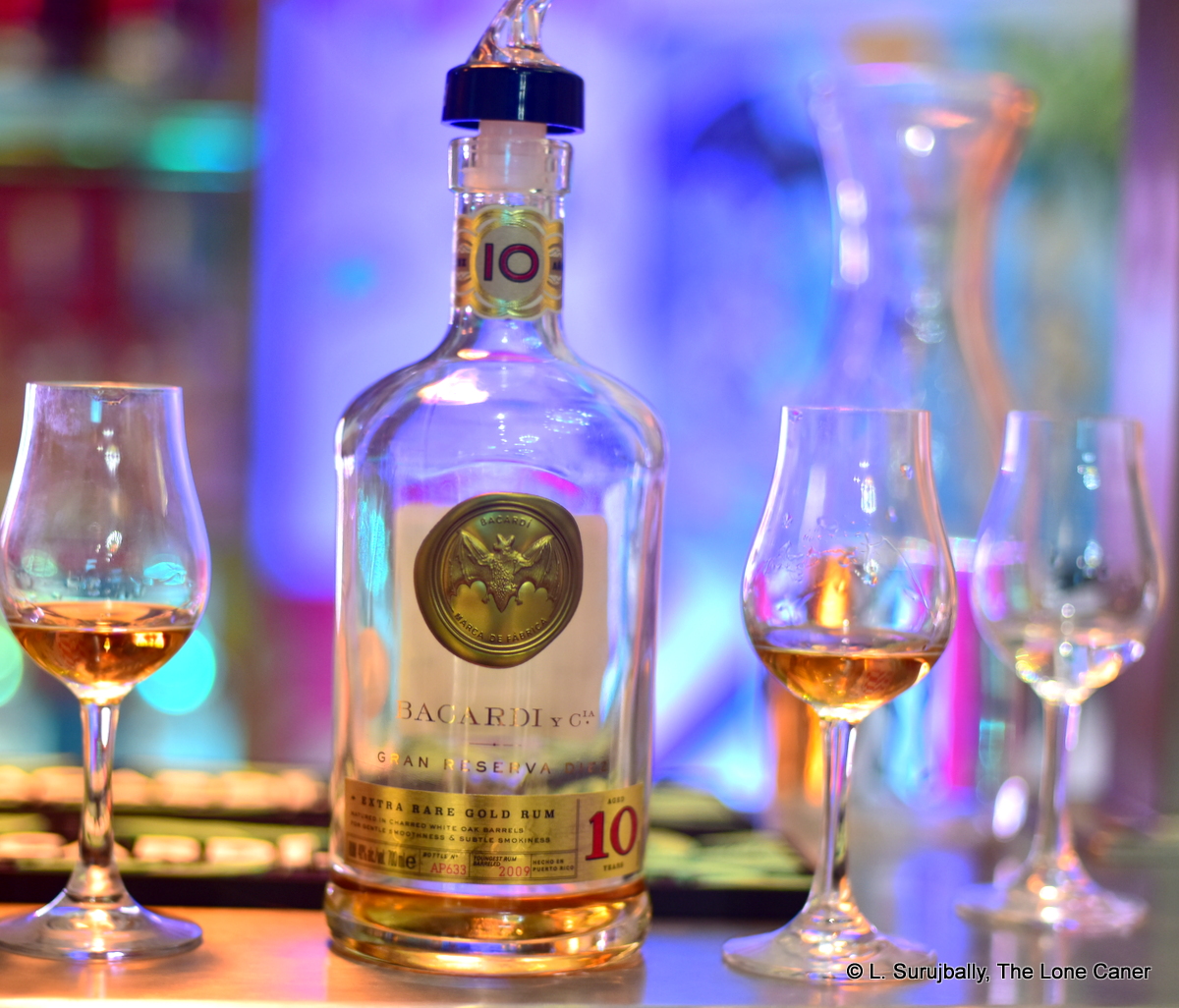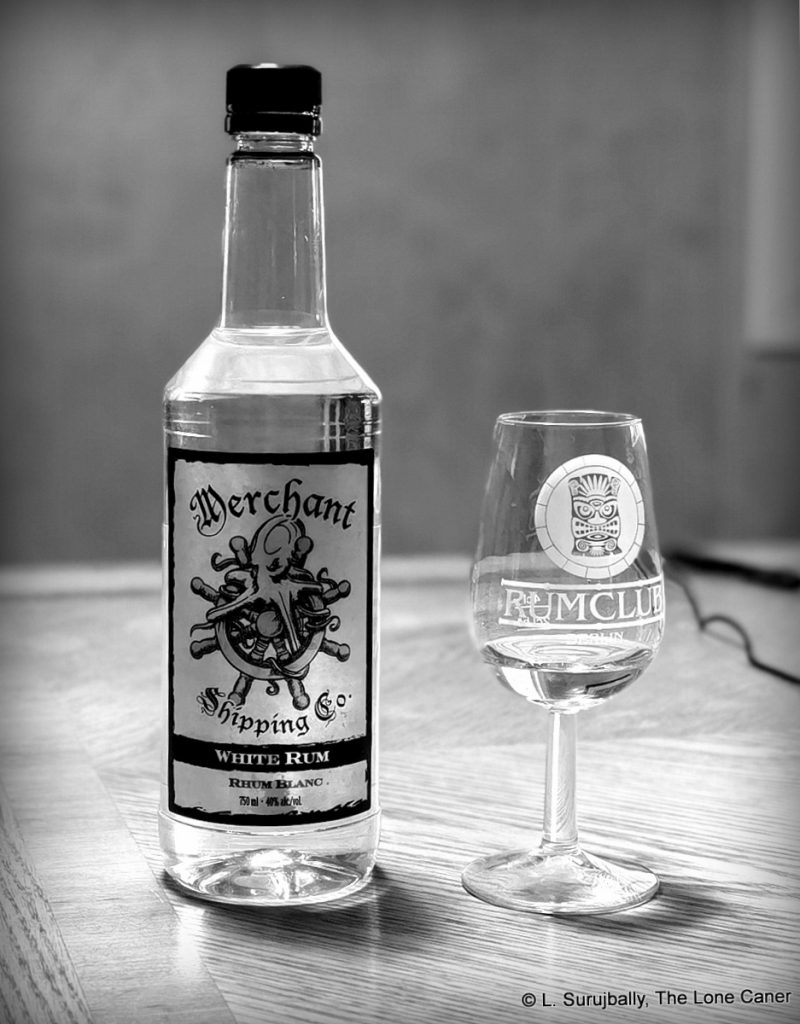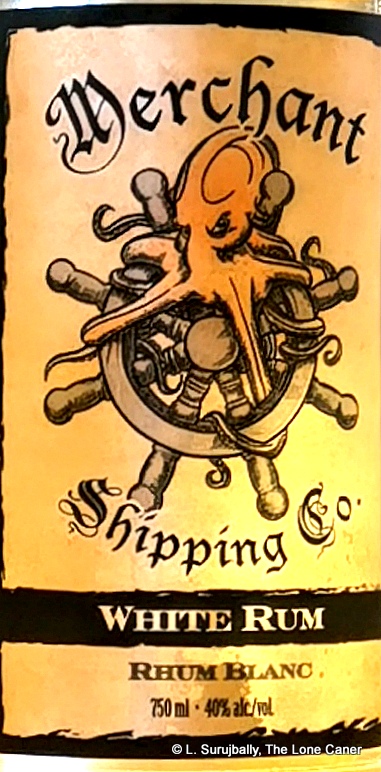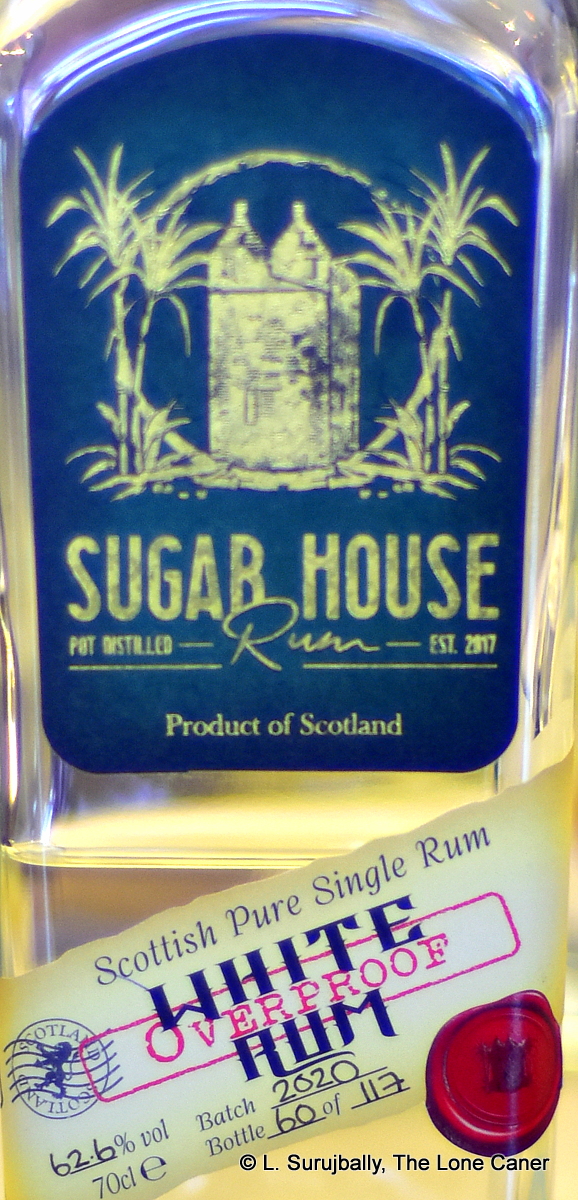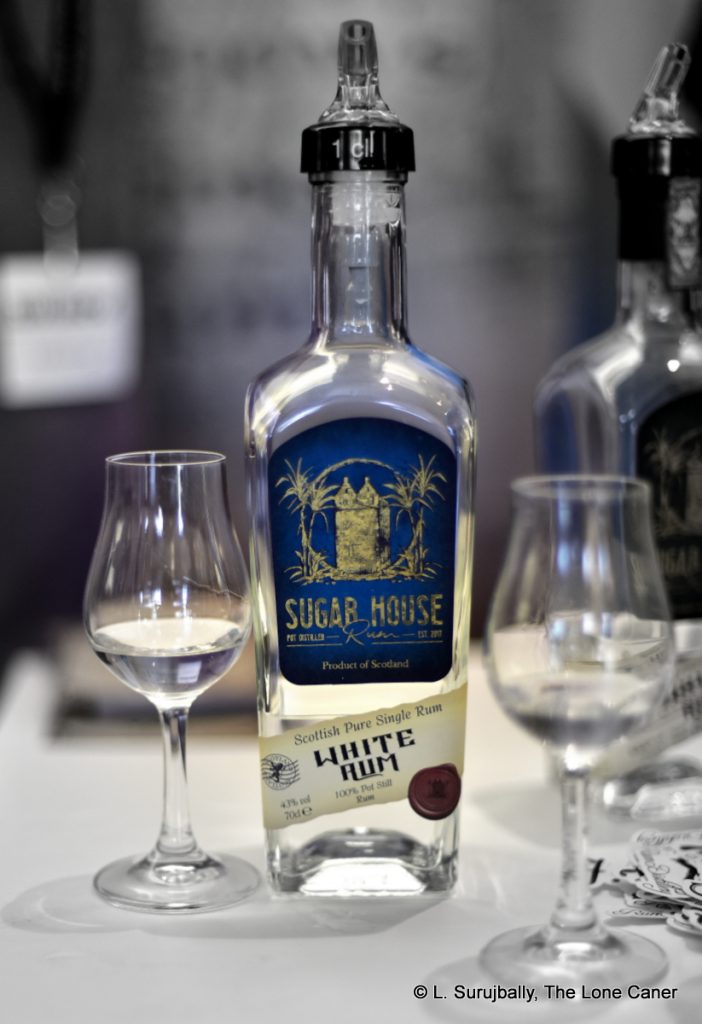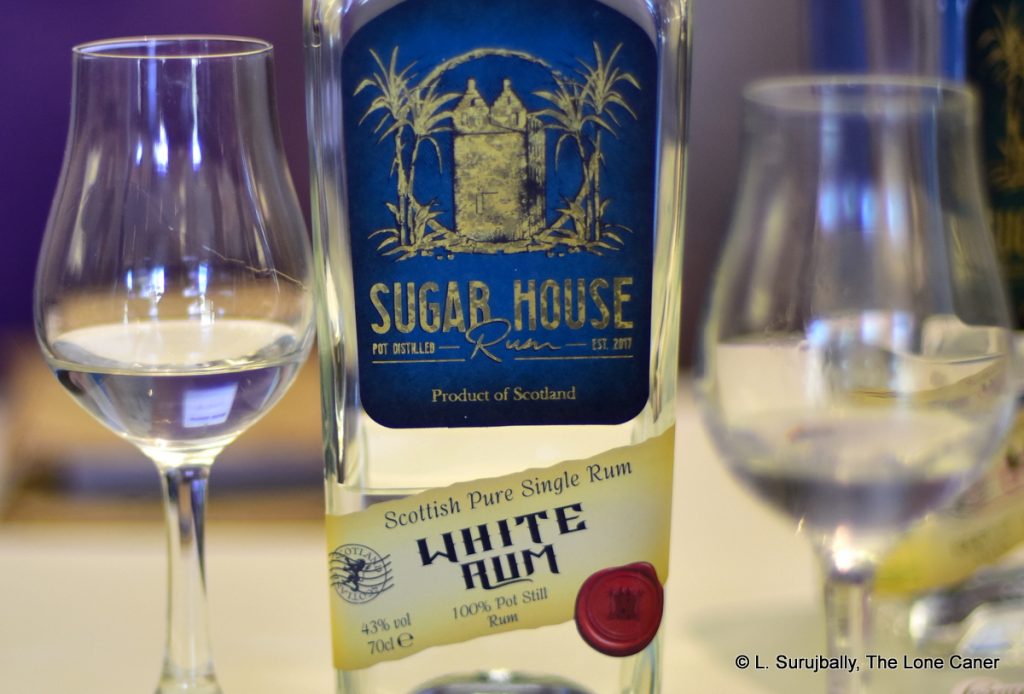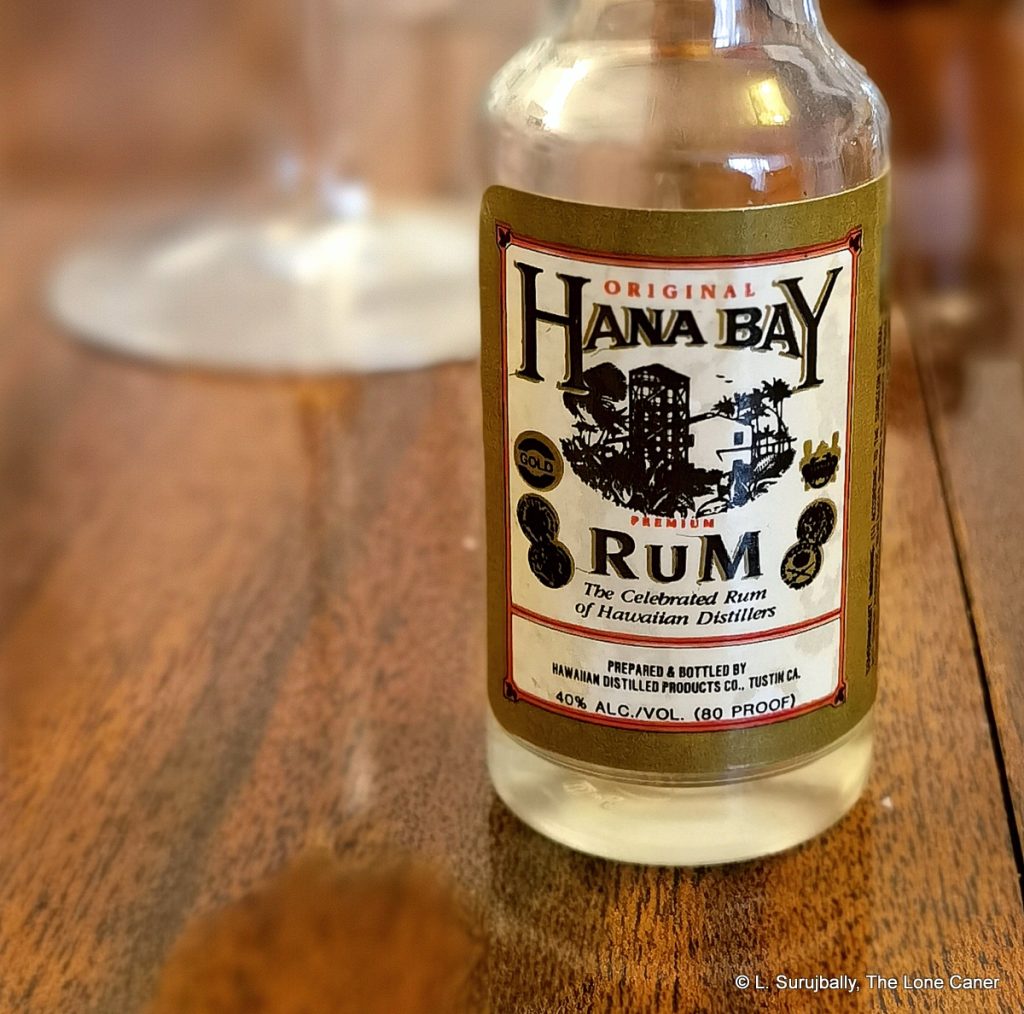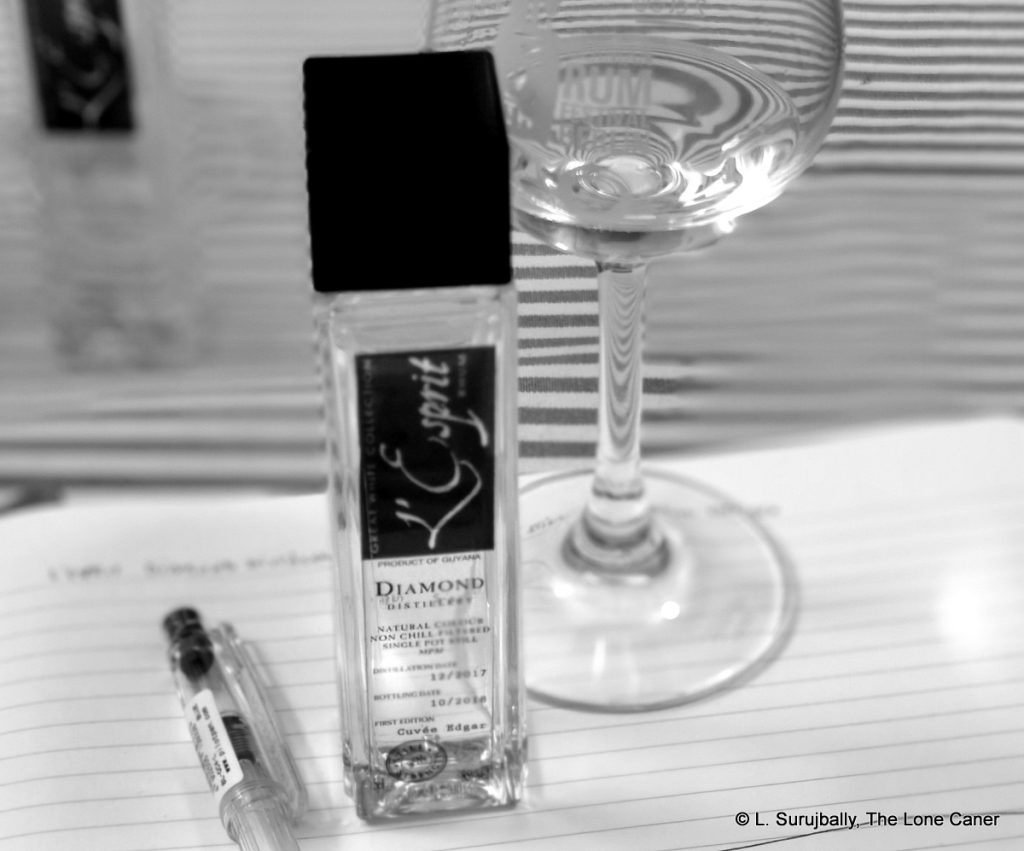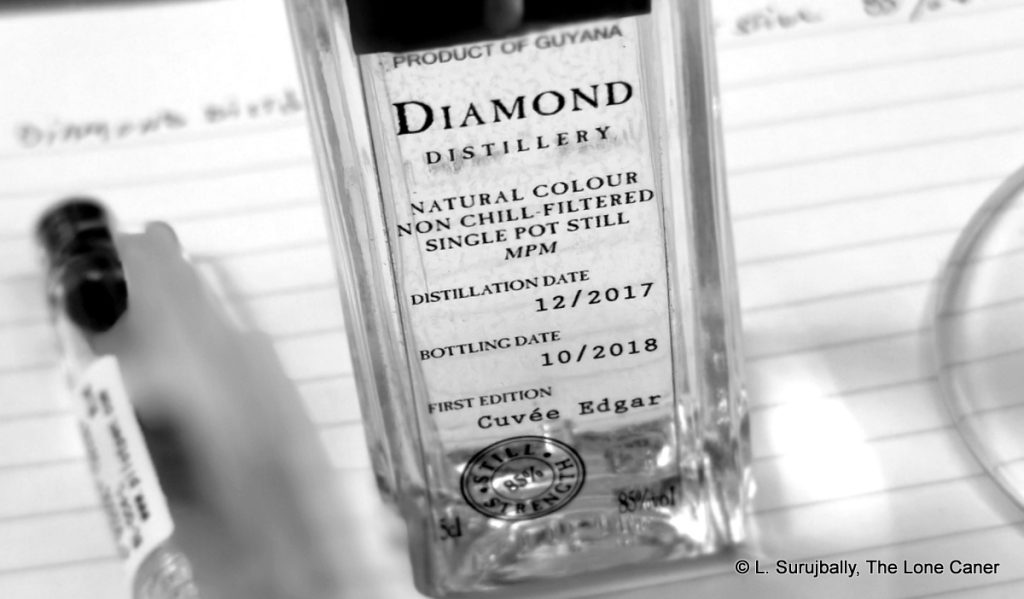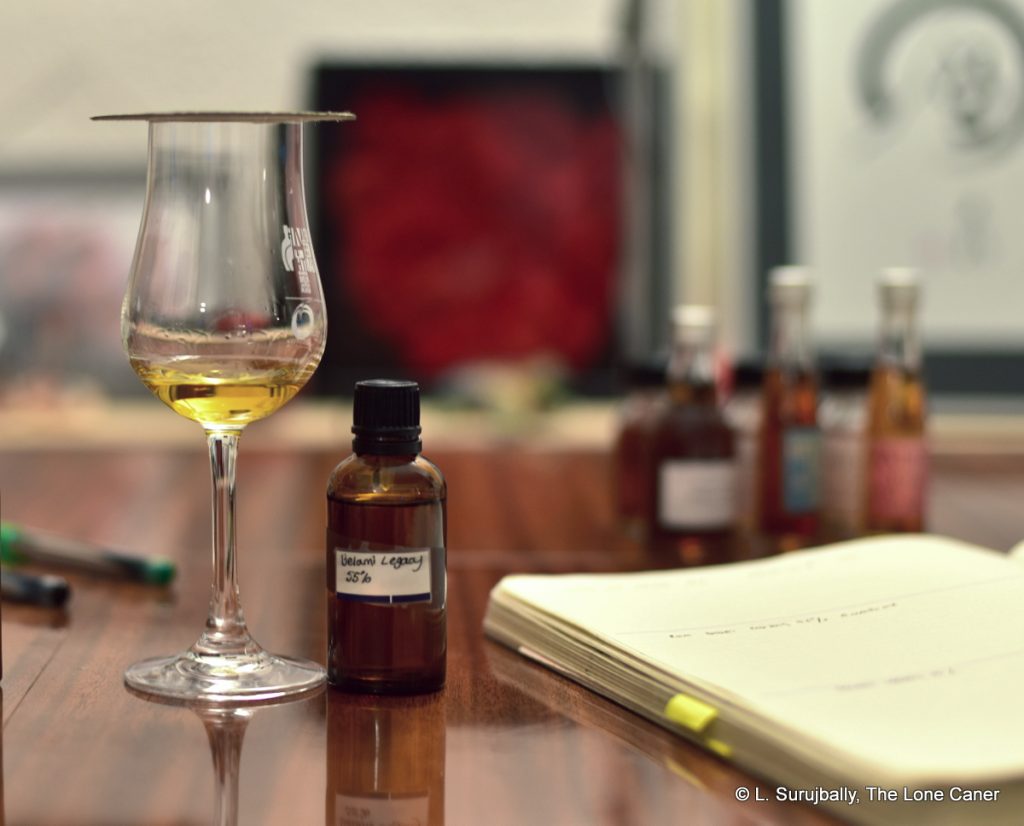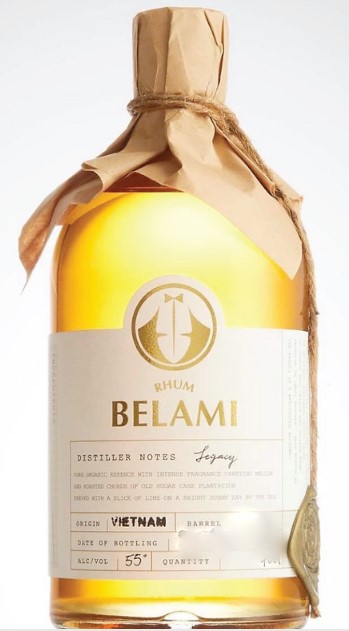More and more we are ceasing to regard rum as being the province of just the great geographical areas which have long stratified the spirit into styles which promoted – and are limited by – the regional perceptions of old colonial empires. British (Jamaican, Barbadian, Guyanese), Spanish/Latin and French are the best known of course, and Matt Petrek has long argued (correctly, in my view) that they are best seen as production classifiers than true regional markers — but ultimately the one thing that that particular series of classification did was that it centred our minds in the western hemisphere, with perhaps the occasional nod to Reunion or Madeira.
In the last decade, this limited focus has blown wide open. We can, with not too much effort, original source rums from Africa, Australia, India, Japan, Philippines, Viet Nam, Madagascar, Laos, Cambodia…even the USA and Canada are popping up on the scene. Not all of superb quality, but often of real interest and real uniqueness. And, in a perhaps amusing sort of irony, at last we are seeing the distilleries coming home to roost, as small European companies are eschewing the route of the independent, and actively opening small craft distilleries in their home countries.
In the UK, new companies such as J. Gow, along with Ninefold, Dark Matter, Sugar House, Islay Rum Company and a few others, are at the forefront of this expansion into the homeland. They don’t mess around, often go pot still from the get go, have no issues experimenting with fermentations, distillations and barrels in a way that would perhaps make a more seasoned veteran of, say, Cuba’s maestros roneros, flinch – and produce both aged and unaged rums of varying quality for us to try. Not everything succeeds, but Good Lord, a lot of it does, and J. Gow’s “Revenge” is one of them.
I’ll get into J. Gow’s backstory a bit more in the background notes, rather than make the intro here go on for even longer. For now, the stats: this is a pot still rum made entirely in Orkney in the north of Scotland from imported molasses that are fermented for 5–14 days, in a temperature-controlled 2000-litre fermenter. The wash goes to about 8% ABV, and is then distilled in a stripping run in the pot still, to around 30% ABV. A second spirit run then produces the final high proof distillate which is set to age, although with this one, an extra stripping run has taken place to make it a bit stronger. The rum is a blend of J. Gow’s HD (Heavy Dunder) and DS marques, then aged for 3 years in situ, in a combination of ex-bourbon and virgin oak casks.
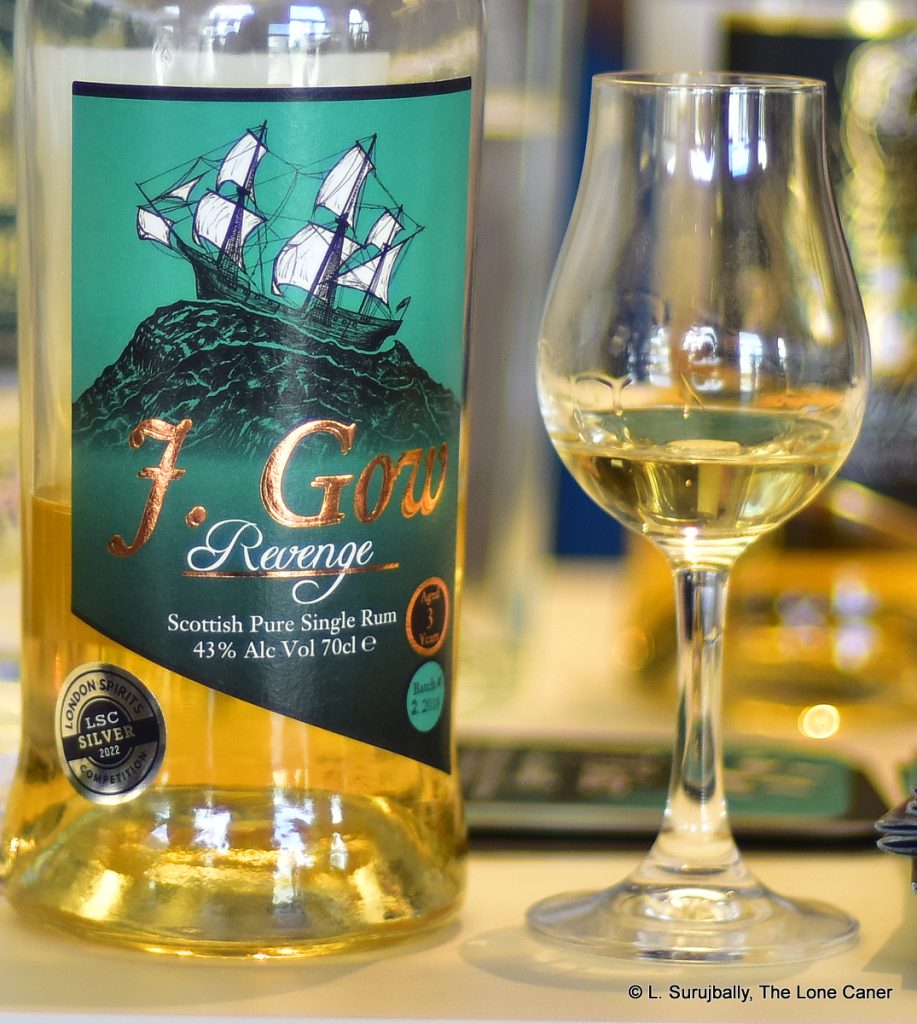 Named “Revenge” after a prize taken in 1724 (and no, not from the Dread Pirate Roberts), the 43% rum has some real fangs, let me tell you. The nose is deep and dark, quite at odds with its light straw colour. Molasses, brown sugar and vanilla notes predominate, and underneath that is a sort of light perfumed sweetness – acetones, strawberries, yoghurt, white chocolate…even some flowers – which balances it off nicely. With time some fleshy fruit emerge as well, so it’s a pretty good trifecta there, belying that three years of ageing. It noses older, more mature, more rounded, in a good way.
Named “Revenge” after a prize taken in 1724 (and no, not from the Dread Pirate Roberts), the 43% rum has some real fangs, let me tell you. The nose is deep and dark, quite at odds with its light straw colour. Molasses, brown sugar and vanilla notes predominate, and underneath that is a sort of light perfumed sweetness – acetones, strawberries, yoghurt, white chocolate…even some flowers – which balances it off nicely. With time some fleshy fruit emerge as well, so it’s a pretty good trifecta there, belying that three years of ageing. It noses older, more mature, more rounded, in a good way.
The palate is where things get both interesting and head off into uncharted seas. It’s initially light and fruity, so some pears, apricots, guavas, vanilla and florals; then a series of darker notes subtly invade the taste – black tea, molasses, caramel, the faintest touch of licorice. But what makes it stand out (to me at any rate) is the malty, briny, grainy, cereal notes which circle around the others, not obnoxiously and not hogging the limelight, but somehow lending a twist to more traditional “rummy” profile we might have expected. It makes the rum distinctive in a way far too many are not, and even the tang of bitterness at the tail end – the oak starts to take over – isn’t entirely a bad thing. The finish kind of sums up the experience with a short, light denouement, leaving behind some perfumed florals, toffee and a peppery note.
I confess to being somewhat startled at how good this three year old rum was — I’ve tried five year olds with less chops than this one showed off so casually. The notes come together quite well – Wes Burgin commented several times on his appreciation for its balance – and even at 43% there was no shortage of bits and pieces to tease out and indulge oneself identifying. I particularly respected how it went off at a tangent on the palate, and didn’t simply try to be a copy of some island hooch. It’s a really good rum, a remarkably tasty introduction (to me) of what the Scots can do if they were to take some time off from the local tipple and try to make a real spirit. And the best part is, there are more in the line that are every bit as good. I can’t wait to get started.
(#993)(84/100) ⭐⭐⭐½
Brief Historical Background
The small Scottish distillery of VS Distillers is named after its founder, Collin Van Schayk, and it sits a few feet away from the shoreline of what may be the world’s smallest island that hosts a distillery: Lamb Holm, a mere 0.15 sq miles in area (less than half a square km).
That location is not the only odd thing about them, and the distillery’s title is practically unknown, with the company being much more widely recognized by its brand name, J. Gow. The late and unlamented Mr. John Gow was (perhaps inevitably) a pirate, albeit a rather unsuccessful one – he hailed from the Orkneys, itself an island group which would be the northernmost point of Scotland if it wasn’t for the Shetland Islands even further out. His claim to fame, aside from a career deemed short even by the rough standards of the 1700s (said piratical endeavours lasted less than a year between inception and his execution) was that he was caught, tried and hung, the rope broke…and he was ceremoniously and solicitously hung again (in spite of the perhaps apocryphal tradition that a botched hanging allows the condemned to go free since God evidently pardoned him).
Mr. Van Shayk founded the company in 2016 with a 2000 liter pot still (why he chose such a remote, even obscure, location has never been answered – I suspected there’s some family heritage there someplace). Almost immediately he began making spiced rums which, in spite of the groans of the purists, sold quite well — and the success garnered by these initial efforts convinced him to branch out not only into pure single rums, but to tinker with various barrel types as well as fermentation techniques. It’s too early to see where this is all going, but for sure originality and experimentation are part of the recipe, now and in the future.
